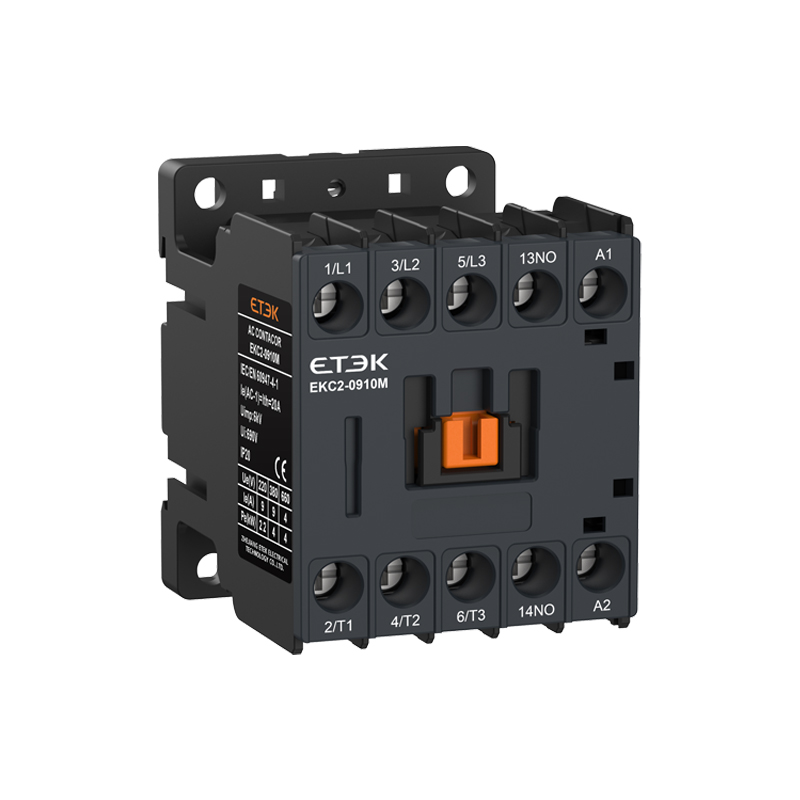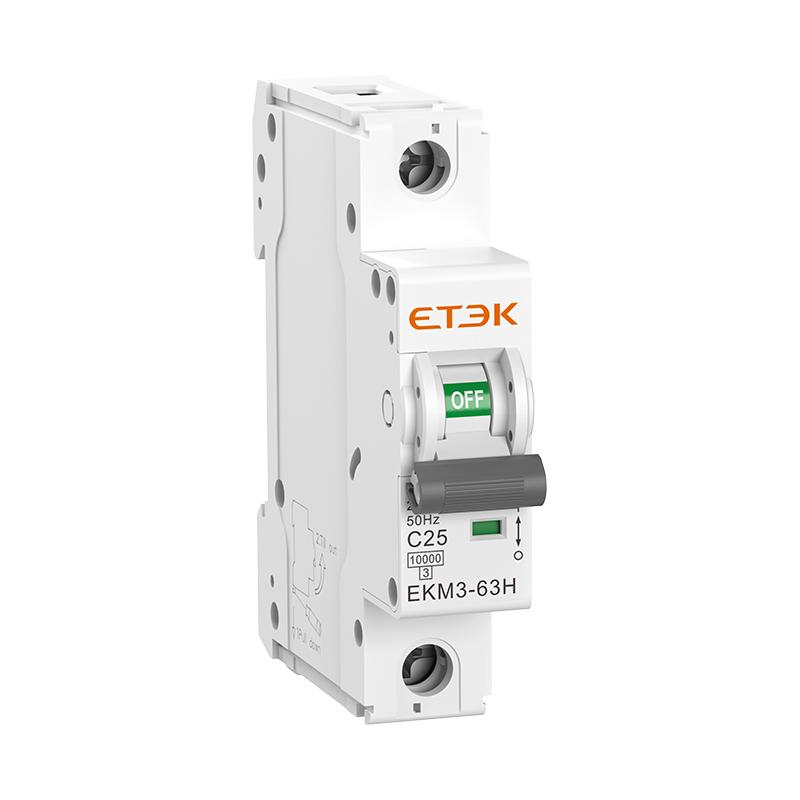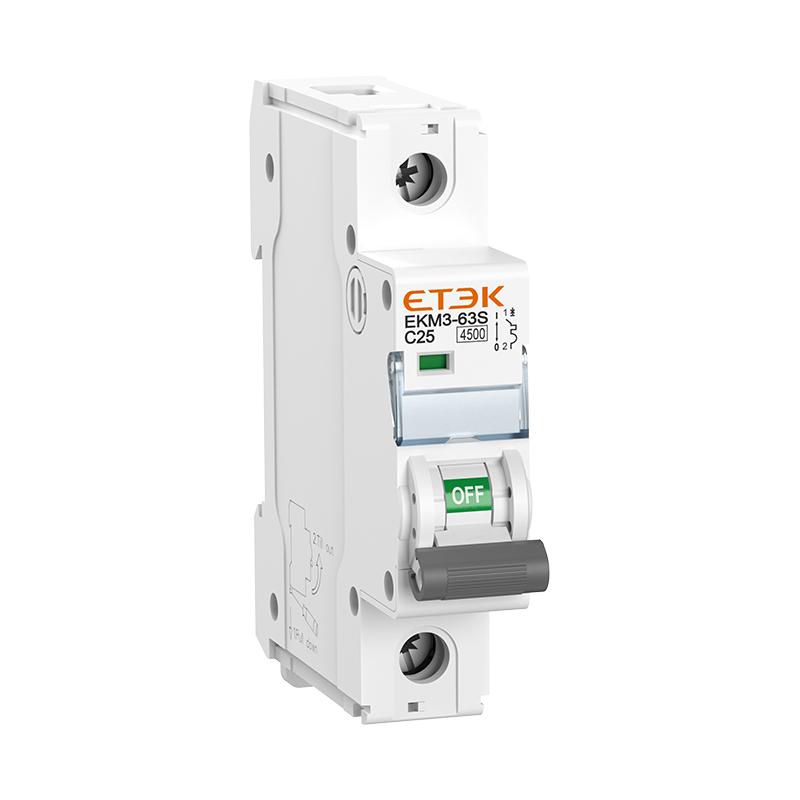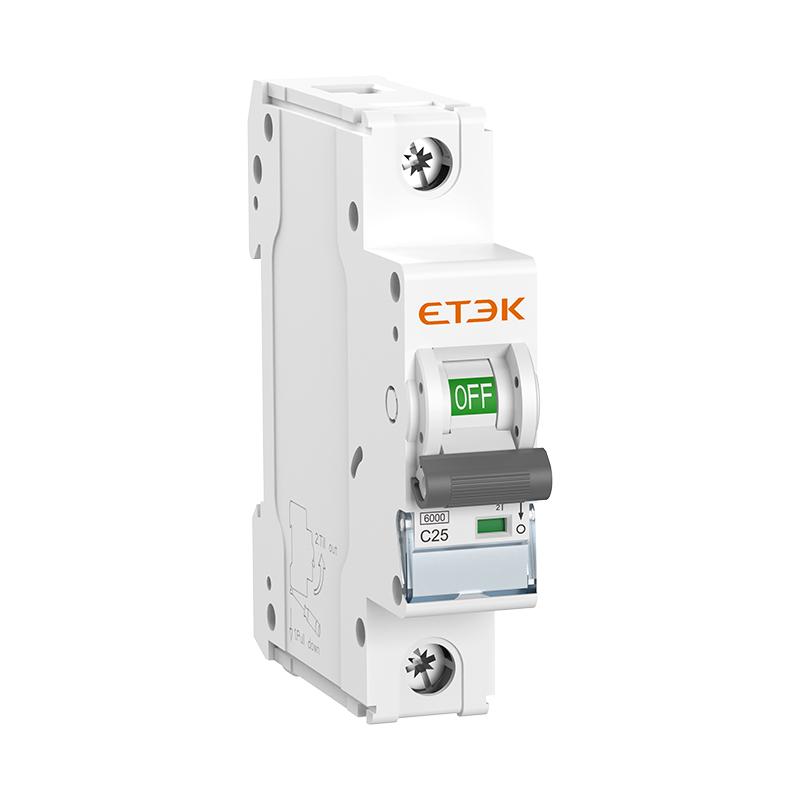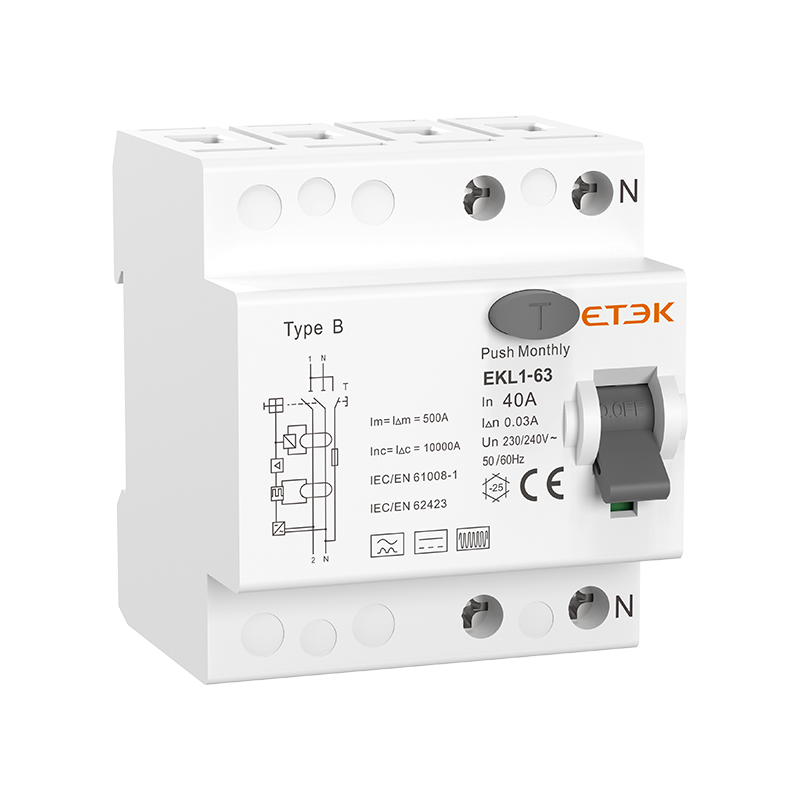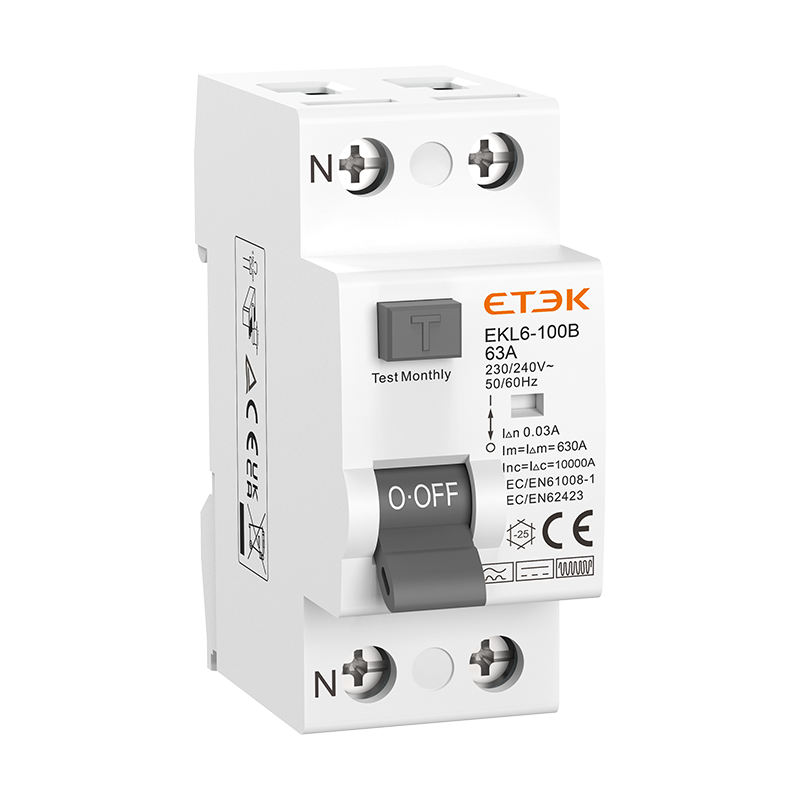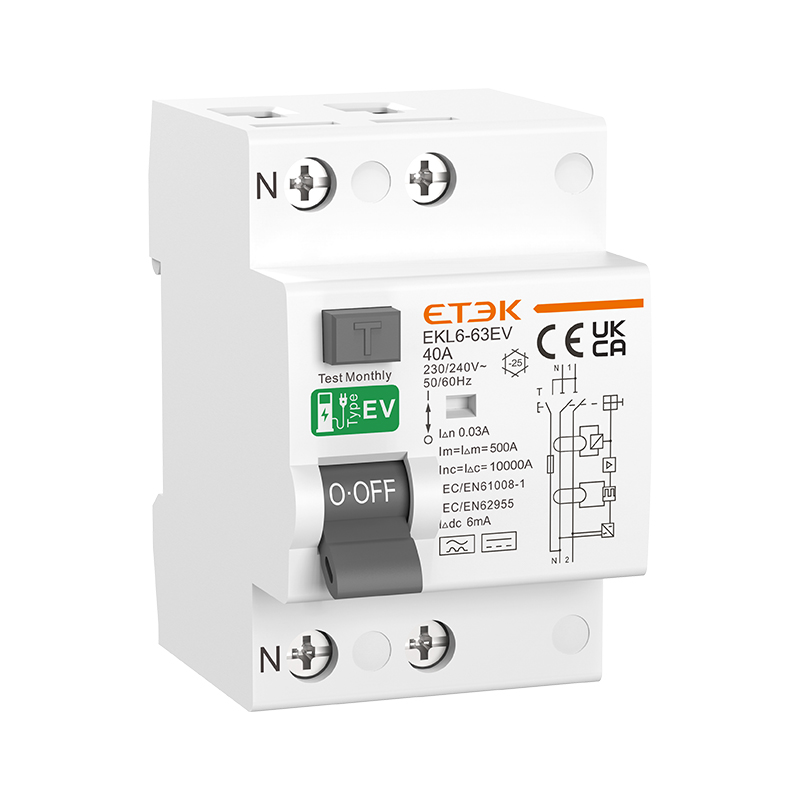- Home
-
Products
- Electrical Protection Devices
- Miniature Circuit Breaker
- RCCB
- RCBO
- Arc Fault Protective
- MCB Accessories
- Modular Contactor
- Surge Protective Device
- Smart Circuit Breakers
- Smart Relay Switches
- Distribution Box
- Bell transformer & Electric Bell
- Changeover Switch
- Modular Fuse Base & Fuse Link
- Modular Digital Voltage Meter
- Modular Signal Lamp
- Modular Socket
- Impulse Relays
- Time switch
- Electrical Control Devices
- Industrial Breaker Devices
- EV Charger Solution
- Solar Power Electrical Devices
- Electrical Protection Devices
- Support
- Blog
- About ETEK
- Contact

